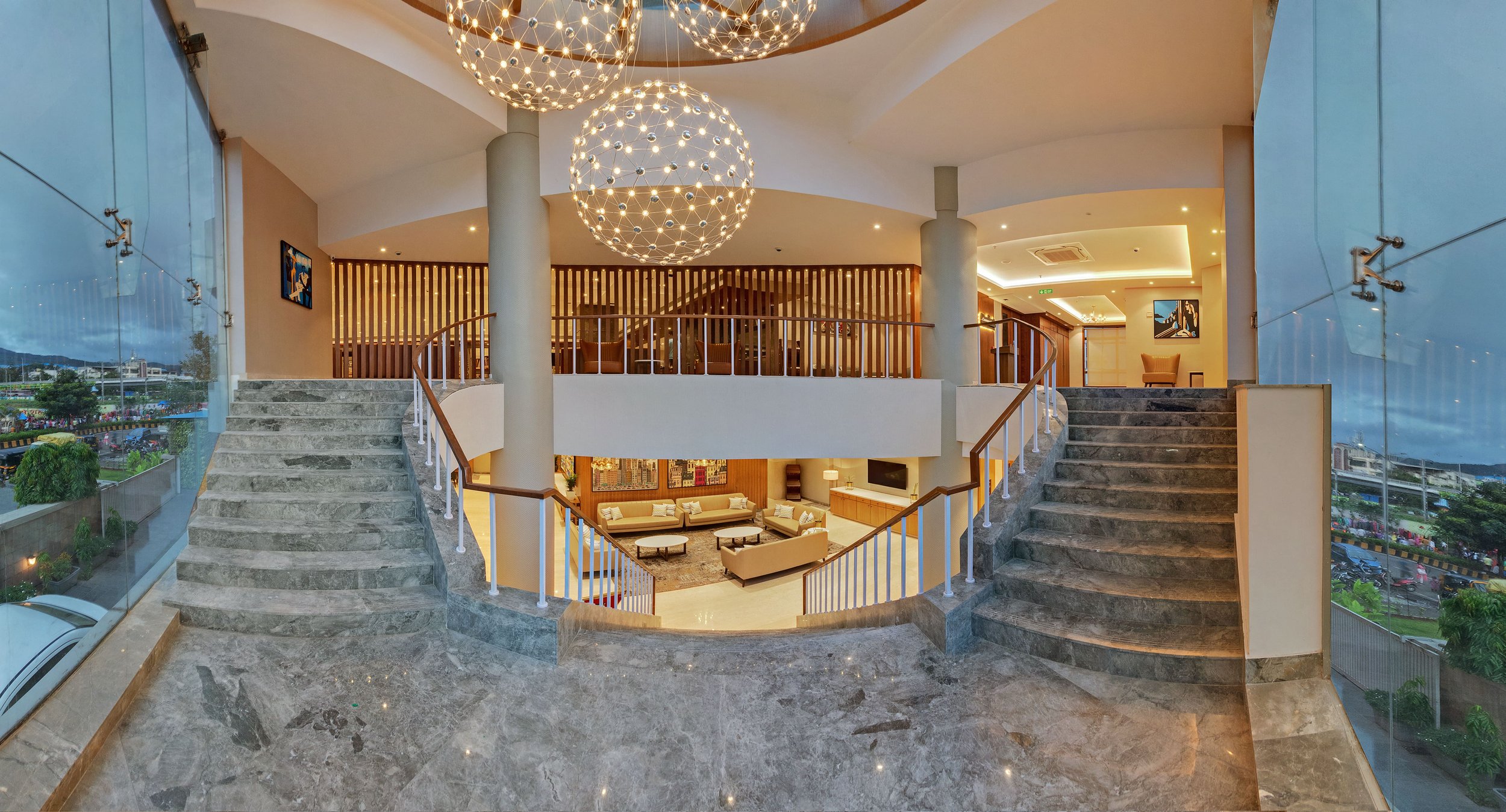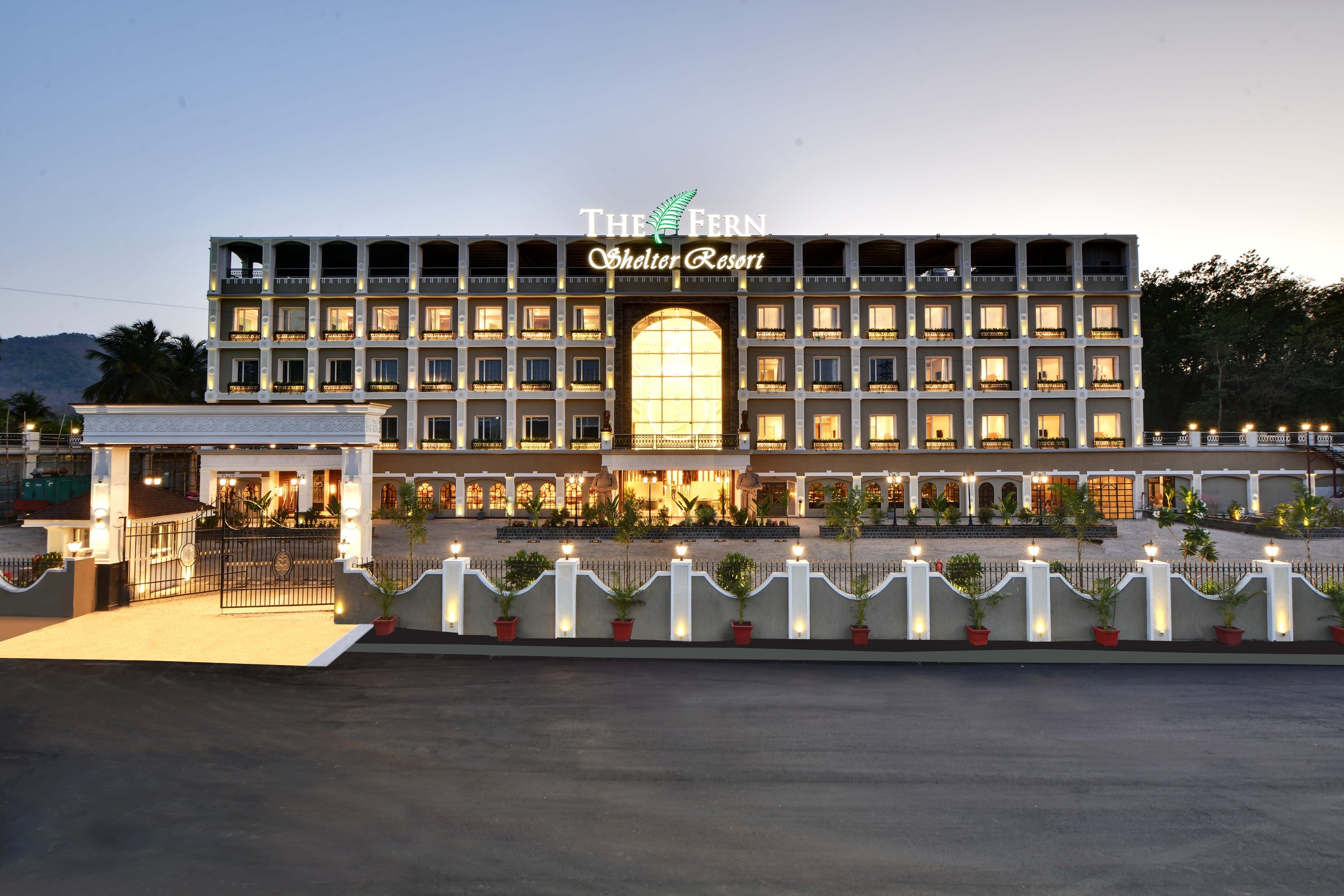Employee Learning And Development: The Secret Sauce Of Success In The Hotel Industry by Saurabh Pande, Master Trainer & Facilitator
/In the ever-evolving world of the hotel industry, the secret recipe for an organization's success is deeply anchored in the talents and skills of its workforce. Yet, this secret recipe may lose its magic when the importance of comprehensive employee Learning and Development is overlooked by key executives and supervisors. Often underestimated, this element of professional development is a game-changer in the industry. The Association for Talent Development's 2023 study brings to light a startling revelation, indicating that hotel establishments offering comprehensive Learning and Development programs enjoy an overwhelming 218% higher income per employee than those that do not.
However, on the other side of this encouraging statistic is a concerning insight from a Gallup survey: 70% of employees do not feel they have mastered the skills required for their roles. This stark contrast between the potential and reality of employee Learning and Development in the hotel industry paints a vivid picture. In this thought-provoking article, we focus particularly on India's hotel industry to delve deep into the heart of this issue. We aim to explore the intricate challenges arising from inadequate Learning and Development and examine the sweeping impact such shortcomings can have on team performance.
1. The Keystone of Success: Standard Operating Procedures (SOPs)
Standard Operating Procedures (SOPs) act as the cornerstone of success in the hotel industry. They provide a methodical approach for efficient and uniform operations. SOPs ensure clarity, reduce errors, and promote teamwork, thereby forming a robust foundation for achieving organizational goals. However, a lack of clear SOPs can lead to confusion and inaccuracies, which can negatively impact the service quality in hotels. An effective SOP provides employees with a reference to the most common and vital tasks, procedures, and practices within the hotel. It is an invaluable tool for the Learning and Development of new employees and reinforcing protocols among existing staff.
2. The Downward Spiral: Inadequate Learning & Development
Inadequate Learning and Development can trigger a 'domino effect', where one event sets off a series of subsequent unfavorable incidents, leading to a decline in team performance. This is especially true in the hotel industry where high standards of service are expected. The remedy is clear - hospitality establishments must invest in comprehensive, high-quality Learning and Development to bridge the skills gap and boost productivity. Effective Learning and Development equips employees with the necessary skills and knowledge to perform their roles efficiently and deliver high-quality service to guests.
3. The Silent Adversaries: Complacency and Miscommunication
Complacency and miscommunication, if not addressed, can subtly undermine team performance in the hotel industry. Complacency can set in when employees feel their growth and learning have stagnated, while miscommunication can lead to errors and coordination problems. To counter these issues, it's essential to provide growth opportunities and maintain transparent communication channels to keep employees engaged and motivated. Regular Learning and Development programs and workshops can help employees upgrade their skills and stay updated with industry trends.
4. The Crucial Intersection: Impact on Team Performance
Inadequate Learning and Development harms team performance, resulting in decreased efficiency, complacency, and miscommunication. This is particularly significant in the hotel industry where team performance directly impacts guest satisfaction. Therefore, organizations must invest in comprehensive Learning and Development to foster growth, engagement, and effective communication within teams. A well-trained team can significantly enhance guest satisfaction, leading to repeat business and positive word-of-mouth advertising for the hotel.
In concluding our exploration, it is abundantly clear that addressing the often-hidden consequences of inadequate employee Learning and Development is not just important, but critical for the long-term success of any hotel establishment. The key to unlocking a multitude of benefits is acknowledging these challenges and making a firm commitment to invest in comprehensive Learning and Development solutions. These investments can bolster efficiency, improve quality assurance, reinforce safety protocols, and yield significant returns on investment. By nurturing a culture of continuous professional growth, hotel establishments can help unlock their workforce's full potential. However, the benefits of employee Learning & Development and development extend beyond the employees and the organization. This proactive approach greatly enhances the experience and satisfaction of the guests, contributing to the overall success of the hospitality industry. In essence, by investing in our employees, we are investing in the very heart of our establishments, setting the stage for a journey toward unparalleled success in the exciting world of hospitality.
About The Author
Saurabh Pande
Hotelier
Master Trainer & Facilitator
Certified Learning & Development Manager
Saurabh Pande, hailing from the charming city of Lucknow, is a passionate hotelier boasting an impressive 20+ years of experience under his belt. With a decade each spent mastering the art of F&B Service and Learning & Development, he has emerged as a dynamic Master Trainer and Facilitator. As a Certified Learning & Development Manager, Saurabh's diverse interests include reading, writing, and singing. Forever fuelled by curiosity, he loves exploring new avenues and delving into the hidden depths of his interests.





































































